-
Attending Krishna’s Image
There is a steady and growing scholarly, as well as popular interest in Hindu religion – especially devotional (bhakti) traditions as forms of spiritual practice and expressions of divine embodiment. Associated with this is the attention to sacred images and their worship. Attending Krishna’s Image extends the discussion on Indian images and their worship, bringing historical and comparative dimensions and considering Krishna worship in the context of modernity, both in India and the West. It focuses on one specific worship tradition, the Chaitanya Vaishnava tradition of the fourteenth to sixteenth centuries, as it develops and sustains itself in two specific locales. By applying the comparative category of ‘religious truth’, the book provides a comprehensive understanding of a living religious tradition. It successfully demonstrates the understanding of devotion as a process of participation with divine embodiment in which worship of Krishna’s image is integral.
-
Bhakti in Vaisnava Traditions
Bhakti in Vaiṣṇava Traditions explores the multifaceted dimensions of bhakti within Vaiṣṇavism, tracing its historical, philosophical, and cultural evolution. Divided into three parts, it examines bhakti in the Bhāgavata Purāṇa and Bhagavad Gītā, its interpretation in Vedantic traditions like those of Śaṅkara, Rāmānuja, and Madhusūdana Sarasvati, and its regional expressions, including Vārkarī, Caitanya, and Braj traditions, showcasing the rich diversity of Vaiṣṇava devotion.
-
Caitanya Charitamrita of Krsndasa Kaviraja
The Caitanya Caritamrta is an early-seventeenth-century Bengali and Sanskrit biography of the great saint and Vaisnava leader Caitanya (1486–1533 CE) by the poet and scholar Krsnadasa, who has been given by Bengali tradition the title Kaviraja—“Prince of Poets.” The text is of interest to theologians—Caitanya was, in Krsnadasa’s view, an androgyne of Krsna and Radha; philosophers—his theory was that aesthetic and religious experience are much the same in kind; historians of religion—the movement that Caitanya inspired has encompassed the great part of the eastern Indian subcontinent, and Krsnadasa has some interesting observations on his own times; and appreciators of literature—in Krsnadasa’s very long poem are embedded some lyric gems.
-
Caitanya Vaisnava Philosophy
In the sixteenth century, the saint and scholar Sri Caitanya set in motion a wave of devotion to Krishna that began in eastern India and has now found its way around the world. Caitanya taught that the highest aim of life is to develop selfless love for God Krishna, the blue-hued cowherd boy who spoke the Bhagavad Gita. Although only a handful of poetry is attributed to Caitanya, his devotional theology was expounded and systematized by his followers in a vast array of poetical, philosophical, and ritual literature. This book provides a thematic study of Caitanya Vaishnava philosophy, introducing key thinkers and ideas in the early tradition, using Sanskrit and Bengali sources that have seldom been studied in English. The book addresses major areas of the tradition, including epistemology, ontology, aesthetics, ethics, and history, and every chapter includes relevant readings from primary sources.
-
Chaitanya Mahaprabhu: His Life and Precepts
‘If words could impress thoughts, the watch could indicate time, and sign could tell us history, why should not a picture or figure bring associations of higher thoughts and feelings with regard to the transcendental beauty of the Divine Personage’ – Kedar Nath Dutt Bhaktivinod
-
Legacy of Community Building in the Bhakti Tradition
Dive into the profound wisdom of Caitanya Mahaprabhu and explore the timeless principles that have shaped community building within the Bhakti tradition. With detailed analysis and comparative studies, it provides a roadmap for building cohesive communities grounded in mutual respect, service, and devotion. Key themes include: The Foundation of Relationships: Understanding how individual interactions contribute to the larger societal fabric, enriched by perspectives from renowned philosophers Ideal Community Structure: Insights into Caitanya’s teachings and their relevance in transcending societal divisions, informed by classical and modern thinkers Achieving Societal Harmony: Practical applications of Bhakti practices to promote unity and shared spiritual identity Organizing and Morality: A thorough examination of Caitanya’s ideas of justice, morality, and communal resilience in comparison with other philosophical teachings. This book is not just a historical study; it’s a guide for modern community organizers, spiritual seekers, and anyone interested in the timeless principles that can foster a more unified and compassionate society.
-
Madan Mohan, An Enchanting Saga
Conservation Architect Sushant Bharti emphasizes the historical and spiritual significance of the Madan Mohan temple in Vrindavan, highlighting its profound local and global impact and enduring enchantment.
-
Maharasa Manjusha : Sacred Poetry of the Divine Dance
Maharasa Manjusa by Nandadas, translated and commented on by Prakriti Goswami with a foreword by David Haberman, explores Nandadasa’s poetic rendition of the Bhagavata’s rasa-lila, highlighting its musical, devotional, and Vedantic essence.
-
Mokshapuri Kanchipuram
Kanchipuram – Land Of Temples & Tirthas










